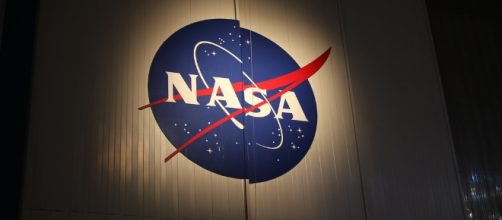On Tuesday, July 25 NASA tested its third RS-25 rocket engine for future missions aboard the Space Launch System or SLS. The specialized rocket, being built for heavy duty spaceflight, which may also include the eventual manned mission to Mars, will be powered by four of these RS-25 engines. The test took place at NASA’s Stennis Space Center near Bay St. Louis in Mississippi.
RS-25 engines and what they will offer
The SLS is being engineered to be able to carry huge amounts of weight and cargo into space so that one day humans can carry enough materials to setup a colony on the surface of Mars.
The SLS will be fitted with four RS-25 engines. They will provide around 2 million pounds of thrust to the rocket. However, these will work in association with a couple of rocket booster which will lend the SLS an additional 6.8 million pounds of thrust.
The RS-25, which served as former space shuttle engines, has been modified with a new addition known as a controller. NASA states that this new controller is what makes the modified engine even more efficient than before. The agency even went so far as to term the controller the brain of the new RS-25. Aerojet Rocketdyne is the primary contractor for the RS-25 and Honeywell is the subcontractor for the engines.
The engines were first tested back in March and again in May.
This is the third time that NASA has successfully tested out the modified RS-25s, according to Space.com. It seems that the space agency is working hard to get things ready for the SLS’s first unmanned mission in 2019.
NASA’s SLS launch
NASA was earlier supposed to launch the first mission of the SLS in 2018. In this unmanned mission, the new spacecraft was scheduled to make a trip around the moon and then come back to Earth. This first run is being seen as a test run for the rocket. However, just some months ago, the space agency had to push back the potential 2018 launch to 2019 due to delays.
Now, the space agency is all set to setup the launch the following year but has also revealed that the crewed mission supposed to take off in 2021 will also be pushed back as a result of the unmanned flight delay.
NASA stated that there will be at least a gap of 33 months between the unmanned SLS flight and the subsequent manned mission.
The agency’s ultimate goal, however, remains the manned mission to Mars by 2035. Whether it will be successful in achieving this feat is something that the future will show. However, for now, the agency seems to be focused on the 2019 launch.


